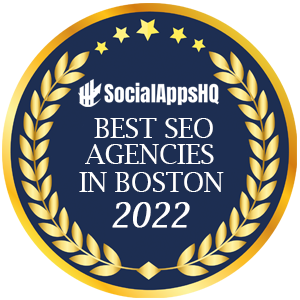Infinite scroll isn’t the best option for SEO. GoogleBot doesn’t scroll your site. That means that any content past the initial load – which users would see by scrolling – is not going to be seen by search engines.
Pagination is also arguably more versatile for user experience than infinite scroll because:
- There is no compromising when it comes to page speed & load times.
- As pagination generates different URLs, a user can save, share and link to a particular deeper sequence in a list or grid vs, the scroll resetting when a page is refreshed.
If for whatever reason infinite scroll fits your strategy better than pagination, then you can make infinite scroll more search friendly by:
- Dividing the page content into component pages that can be accessed even without JavaScript
- Adding a page ID suffix as a URL parameter to each component page
- Connecting the component pages by implementing replaceState and pushState
Doing this essentially combines pagination with infinite scrolling, as each component page has a distinct URL and sequence, all while the page still dynamically changes with a scroll event for users. Aside from using numbering or previous/next buttons to link to the different component pages, you can include an <a> tag “load more” button that leads to the next pagination component in the sequence, which then renders another section with an <a> tag “load more” button leading to the third component page, and so on.
You can find more details on the steps above as well as look at a demo page example in Google’s official documentation: Infinite scroll search-friendly recommendations | Google Search Central Blog
Learn more about the correlation of web design & SEO here:
Contact Fire&Spark for a consultation on how to make sure your web design stays optimal for search engines.

